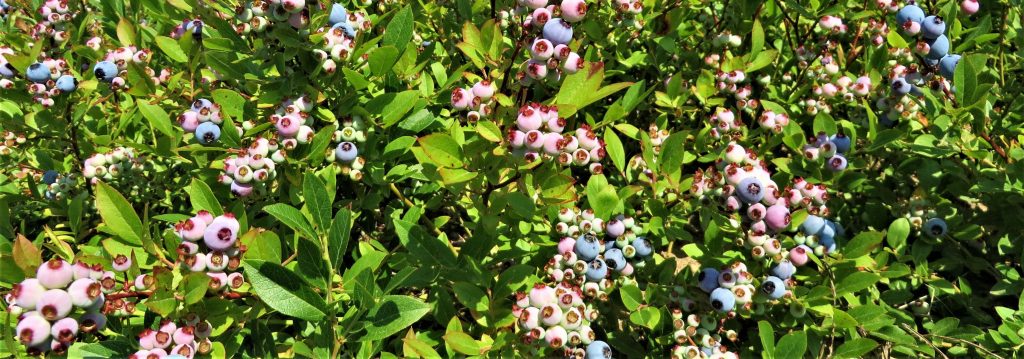Nutrient Management in Wild Blueberry
How to Assess Plant Health:
Look for symptoms: abnormal leaf color, poor growth and low yields. Deficiencies in N, P, K and MG typically appear in the lower leaves. Deficiencies in B and Ca appear in upper leaves. Test your soil – for optimal pH Test leaf nutrient contents – for N & P (make sure you sample many clones in a field).
Top 3 Ways To Improve Plant Health
- Fill Bare Spots (mulching)
- Fertilize, Synthetic Nutrients
- Weed Reduction
Fertilizer in Wild Blueberry Traditional Methods
- Granular fertilizers, such as MAP (mono ammonium phosphate, 12-61-0) and DAP (diammonium phosphate, 18-46-0).
New Methods, currently under review
- Urea (dried chicken manure)
- Compost
- Foliar Spray








